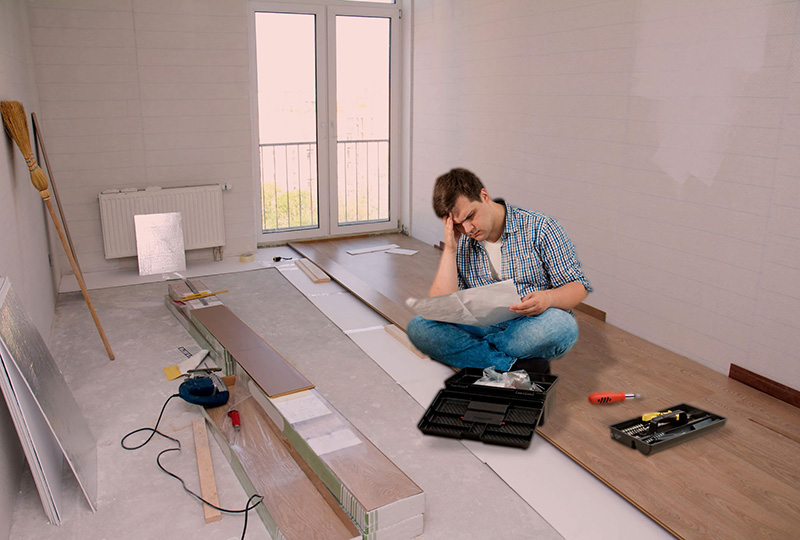If you're planning on installing a new kitchen sink, it's important to also consider the installation of a kitchen sink vent. While it may seem like an extra step, a kitchen sink vent is an essential component for any well-functioning kitchen. Not only does it help prevent clogs and odors, but it also promotes proper drainage and ventilation. In this article, we'll walk you through the process of installing a kitchen sink vent under the sink.How to Install a Kitchen Sink Vent Under the Sink
A kitchen sink vent, also known as an air admittance valve or AAV, is a small device that is installed under the sink to allow air to enter the drain pipes. This helps to balance the air pressure in the pipes, preventing the water from being siphoned out of the drain and creating a vacuum. It also allows gases to escape, reducing the risk of unpleasant odors in your kitchen.What is a Kitchen Sink Vent?
Without a kitchen sink vent, your sink may experience problems such as slow draining, gurgling sounds, and foul odors. This is because the lack of proper ventilation can cause the water in the pipes to become stagnant, leading to clogs and bacterial growth. Not only does a kitchen sink vent prevent these issues, but it also helps to improve the overall hygiene and functionality of your sink.Why Do You Need a Kitchen Sink Vent?
There are two main types of kitchen sink vents: external and internal. External vents are installed on the roof of the house and allow air to enter the drain pipes from the outside. Internal vents, on the other hand, are installed underneath the sink and draw air from the room. Both types are effective in promoting proper drainage and ventilation, so it ultimately comes down to personal preference and the layout of your kitchen.Types of Kitchen Sink Vents
Installing a kitchen sink vent under the sink may seem like a daunting task, but with the right tools and materials, it can be done in just a few simple steps:Steps for Installing a Kitchen Sink Vent Under the Sink
As mentioned earlier, you will need a few tools and materials to install a kitchen sink vent. These include:Tools and Materials Needed for Installing a Kitchen Sink Vent
While kitchen sink vents are generally low-maintenance, they may experience some common issues over time. These include clogs, leaks, and damage to the vent cover. It's important to address these problems as soon as possible to prevent any further damage to your sink and plumbing system.Common Problems with Kitchen Sink Vents
If you're experiencing problems with your kitchen sink vent, here are a few troubleshooting tips:How to Troubleshoot a Kitchen Sink Vent
To keep your kitchen sink vent functioning properly, here are a few tips to keep in mind:Tips for Maintaining a Kitchen Sink Vent
While installing a kitchen sink vent is a relatively simple task, some homeowners may prefer to hire a professional for the job. This is especially true if you're not confident in your DIY skills or if your plumbing system is complex. However, if you have the necessary tools and follow the steps outlined in this article, you can successfully install a kitchen sink vent on your own.Professional Installation vs. DIY for Kitchen Sink Vents
The Importance of Proper Ventilation for Your Kitchen Sink
Why is Ventilation Important?
 When it comes to designing a house, there are many factors to consider such as layout, materials, and aesthetics. However, one important aspect that is often overlooked is proper ventilation. This is especially crucial in areas of the house that generate a lot of moisture and odors, such as the kitchen sink.
Kitchen sink vent under sink
is a key element in ensuring proper ventilation in this area.
When it comes to designing a house, there are many factors to consider such as layout, materials, and aesthetics. However, one important aspect that is often overlooked is proper ventilation. This is especially crucial in areas of the house that generate a lot of moisture and odors, such as the kitchen sink.
Kitchen sink vent under sink
is a key element in ensuring proper ventilation in this area.
What is a Kitchen Sink Vent?
 A kitchen sink vent is a pipe that runs from the drain and through the roof of your house. Its main function is to allow air to flow in and out of the plumbing system. Without proper ventilation, gases and odors can get trapped in the pipes, causing unpleasant smells and even health hazards. This is where the
kitchen sink vent under sink
comes into play.
A kitchen sink vent is a pipe that runs from the drain and through the roof of your house. Its main function is to allow air to flow in and out of the plumbing system. Without proper ventilation, gases and odors can get trapped in the pipes, causing unpleasant smells and even health hazards. This is where the
kitchen sink vent under sink
comes into play.
The Role of the Kitchen Sink Vent Under Sink
 The
kitchen sink vent under sink
is an important component of the overall plumbing system. It connects to the main vent stack, which is the vertical pipe that runs through the roof and allows air to escape. The
kitchen sink vent under sink
serves as a secondary vent, allowing air to enter the plumbing system and equalize the pressure. This prevents water from getting sucked out of the traps and allows for proper drainage.
The
kitchen sink vent under sink
is an important component of the overall plumbing system. It connects to the main vent stack, which is the vertical pipe that runs through the roof and allows air to escape. The
kitchen sink vent under sink
serves as a secondary vent, allowing air to enter the plumbing system and equalize the pressure. This prevents water from getting sucked out of the traps and allows for proper drainage.
The Benefits of Proper Ventilation
 Proper ventilation not only prevents odors and gases from getting trapped in the pipes, but it also helps maintain the integrity of your plumbing system. Without adequate ventilation, water may not flow properly, leading to clogs and potential water damage. It also helps prevent the buildup of harmful bacteria and mold, which can thrive in moist and dark environments.
Proper ventilation not only prevents odors and gases from getting trapped in the pipes, but it also helps maintain the integrity of your plumbing system. Without adequate ventilation, water may not flow properly, leading to clogs and potential water damage. It also helps prevent the buildup of harmful bacteria and mold, which can thrive in moist and dark environments.
In Conclusion
 In conclusion, proper ventilation is crucial for maintaining a healthy and functional kitchen sink. The
kitchen sink vent under sink
plays a vital role in ensuring proper ventilation in this area of the house. When designing your home, don't overlook this important component and make sure to consult a professional plumber for the best ventilation options for your specific needs.
In conclusion, proper ventilation is crucial for maintaining a healthy and functional kitchen sink. The
kitchen sink vent under sink
plays a vital role in ensuring proper ventilation in this area of the house. When designing your home, don't overlook this important component and make sure to consult a professional plumber for the best ventilation options for your specific needs.




/sink-vent-installing-an-auto-vent-2718828-05-ca0dcb2915be457b9693ccd2655e6c21.jpg)




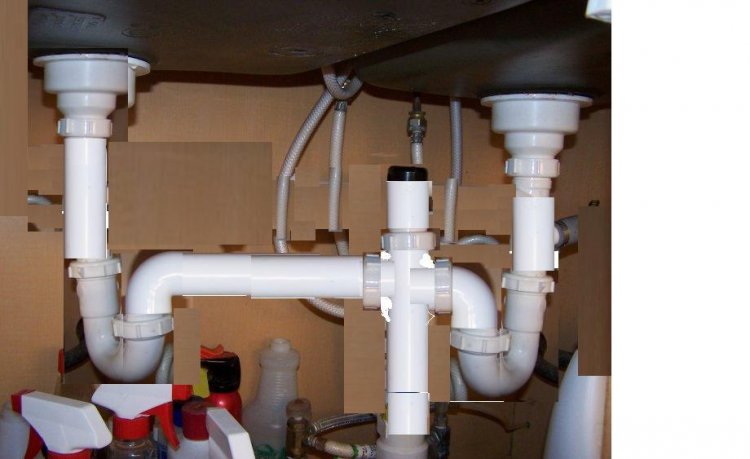


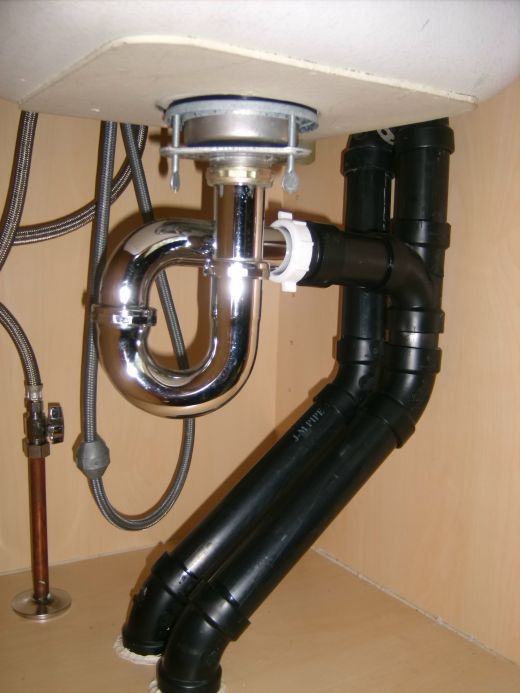






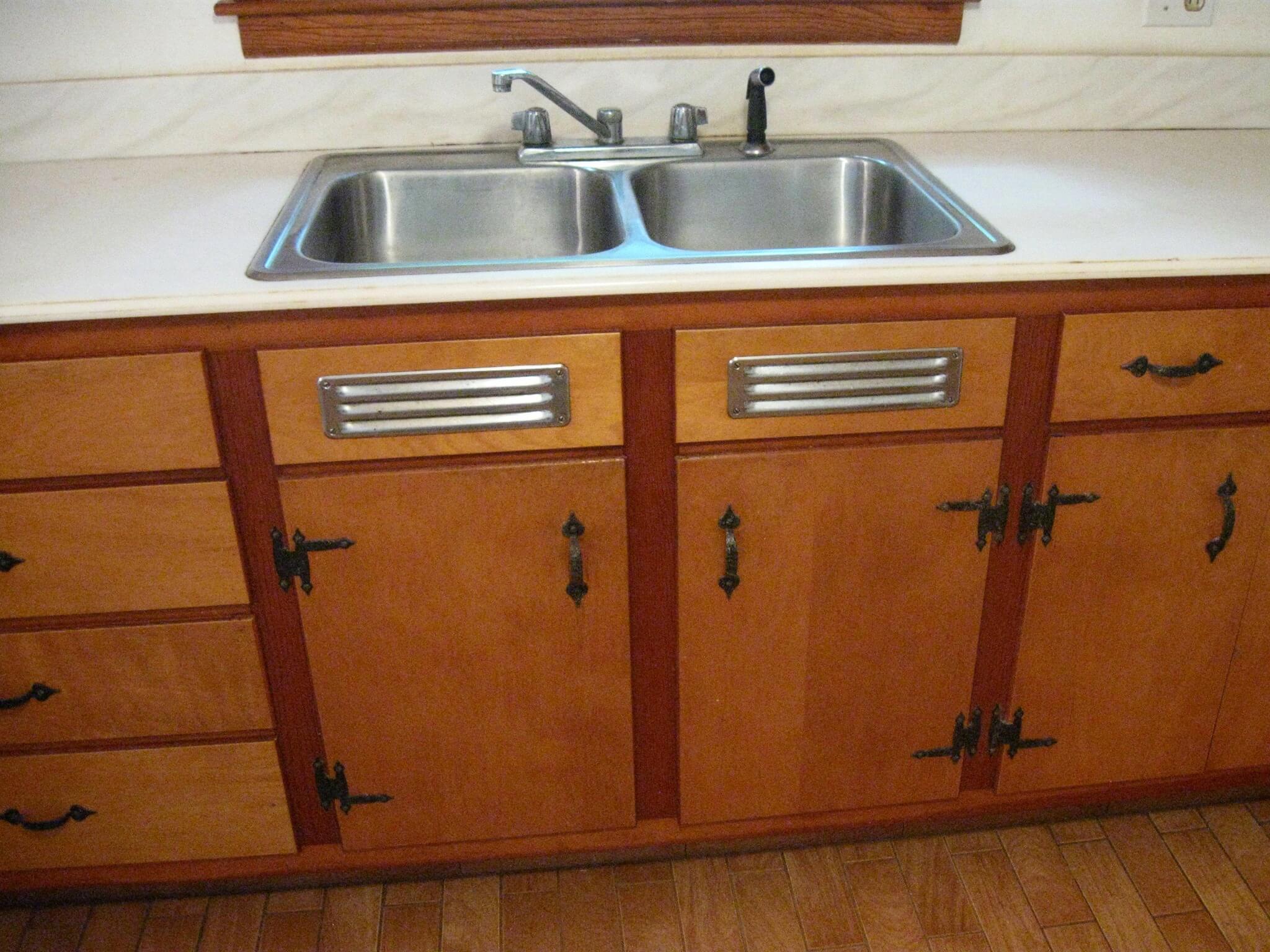




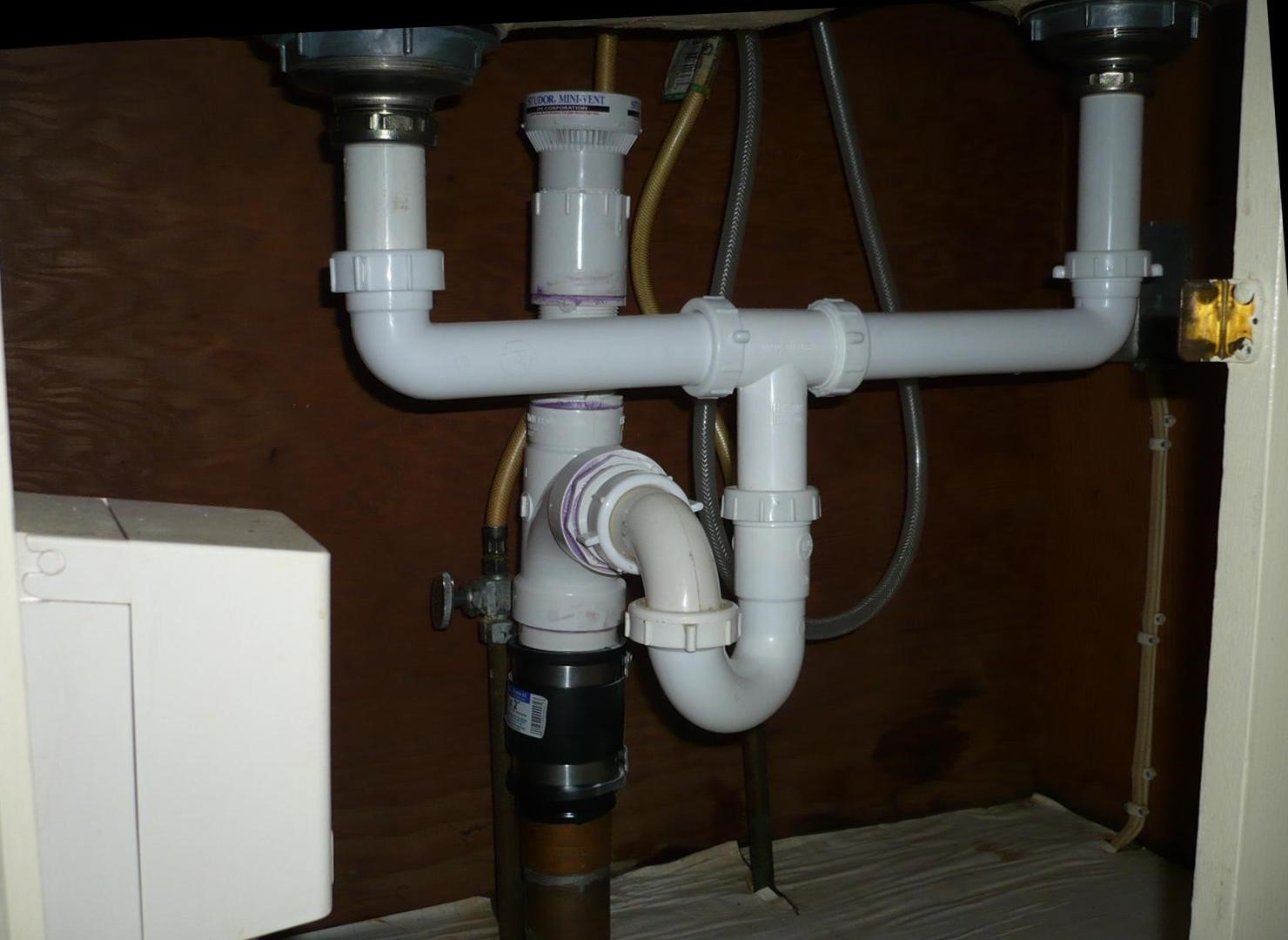

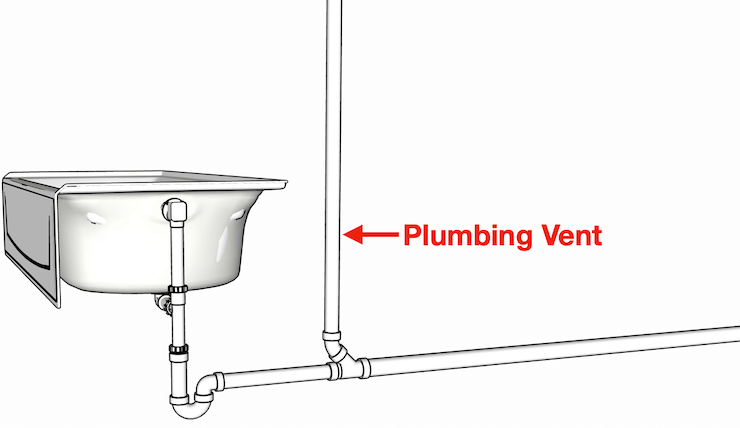
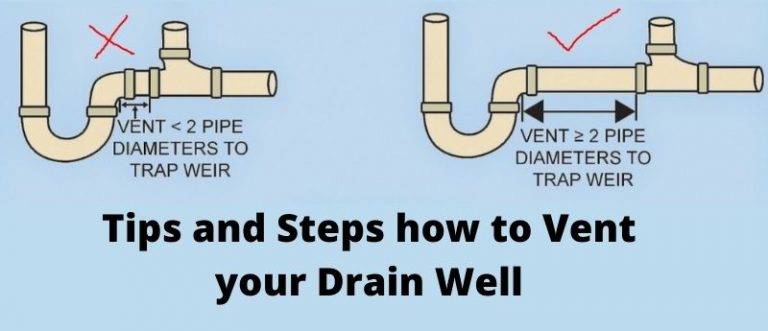




:max_bytes(150000):strip_icc()/kitchendoubleBasinsink-GettyImages-1098390260-420372a617b748d8a06491e6ad82d107.jpg)

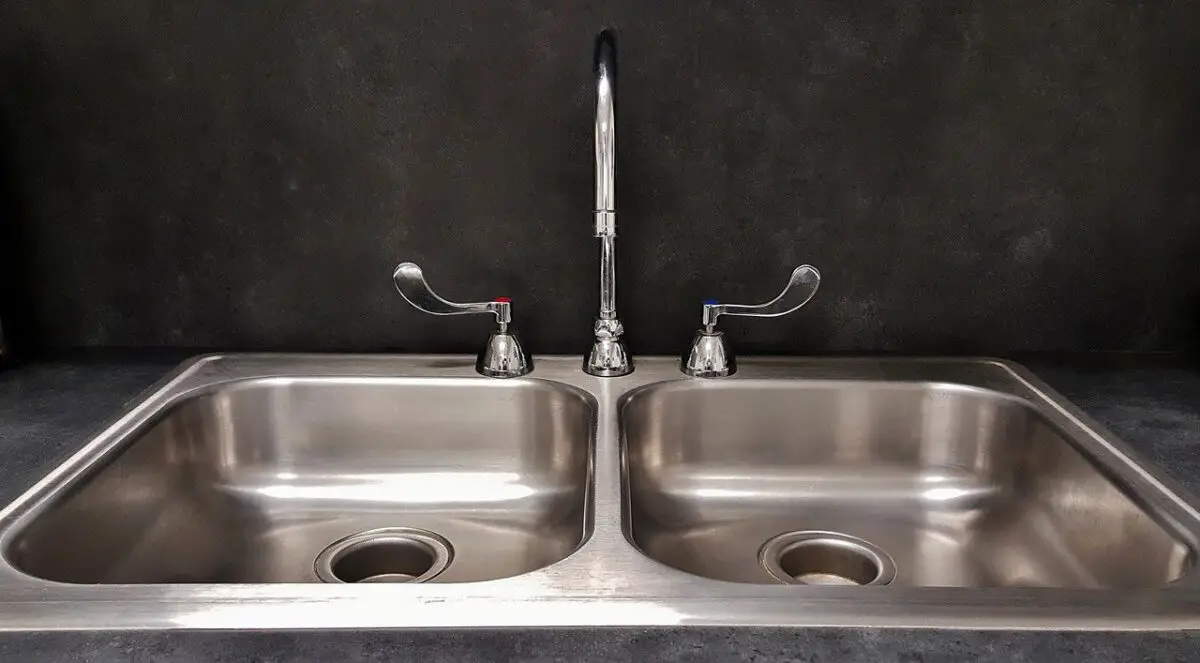
:max_bytes(150000):strip_icc()/DrainboardKitchenSink-5a762bbceb97de0037ef6fec.jpg)
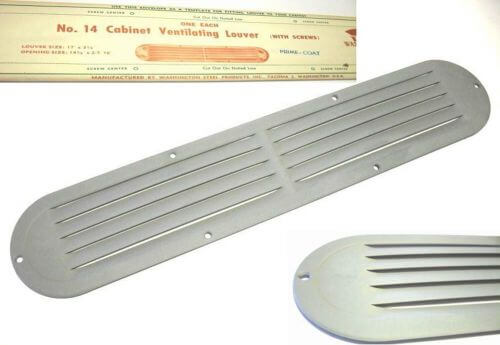
:max_bytes(150000):strip_icc()/Basic-kitchen-sink-types-1821207_color_rev-0b539306b9ef4236a136624ad2a89a4c.jpg)
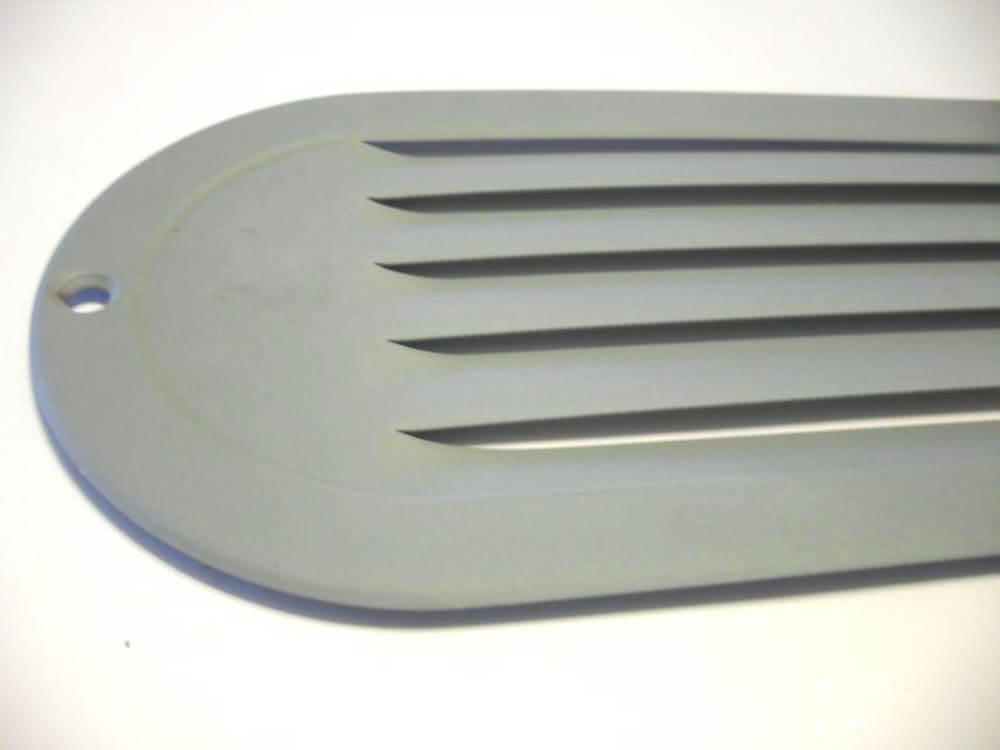







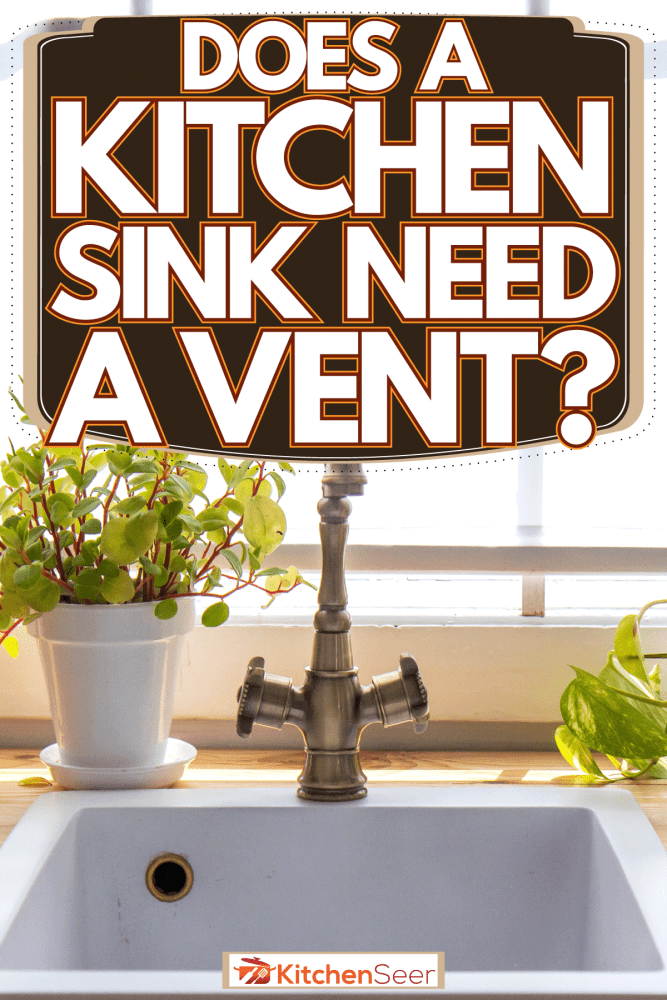










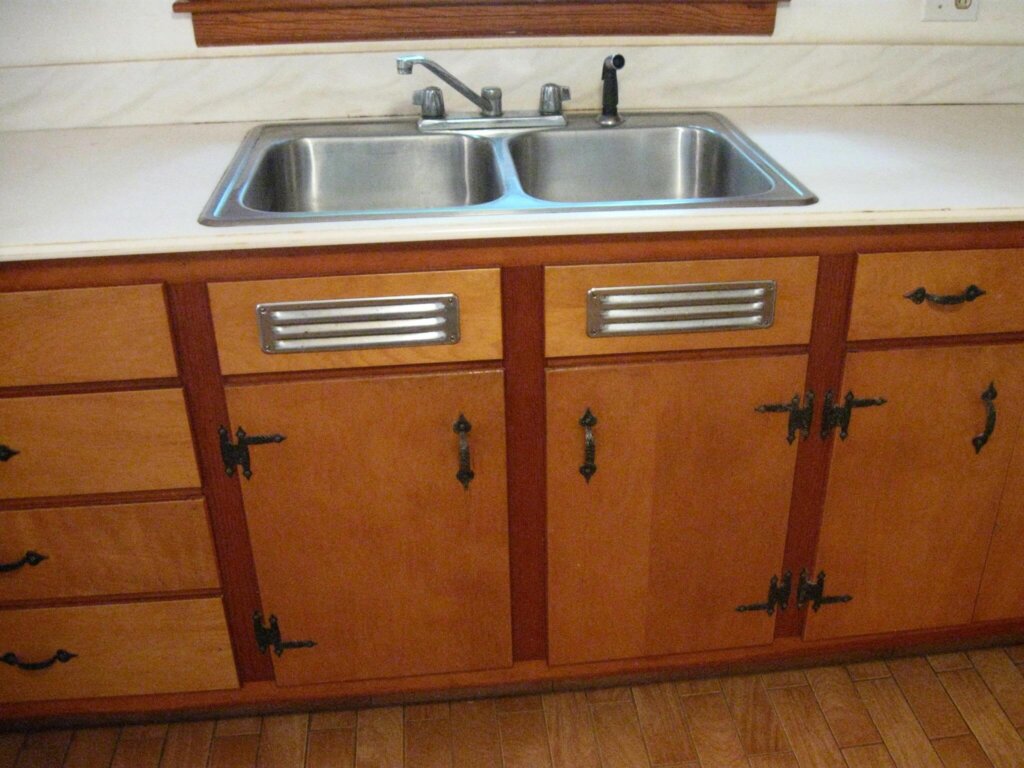

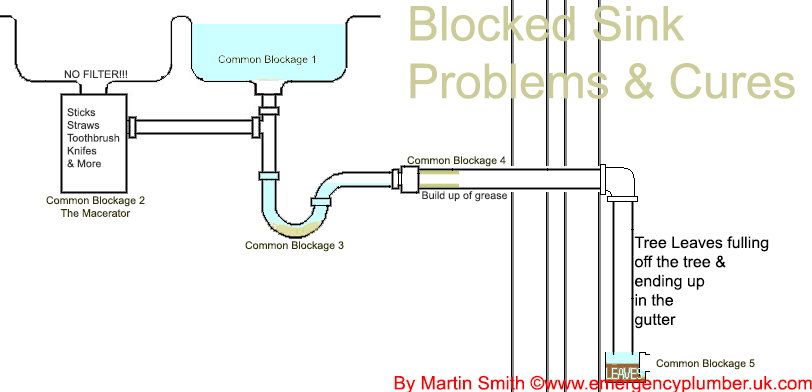



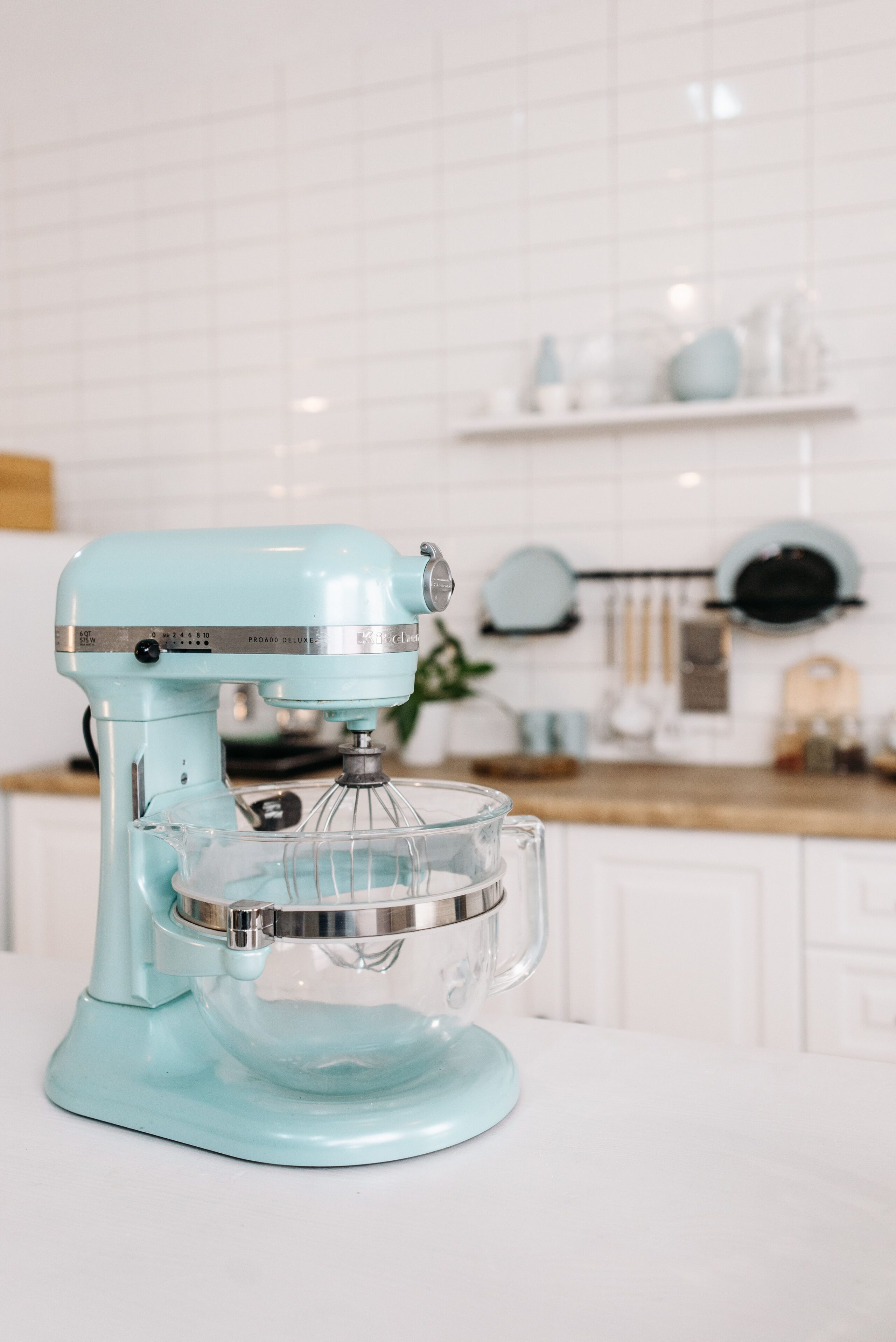






:max_bytes(150000):strip_icc()/sink-vent-installing-an-auto-vent-2718828-03-7d2c3b9c51024155a1ea47f7ae35cadd.jpg)





